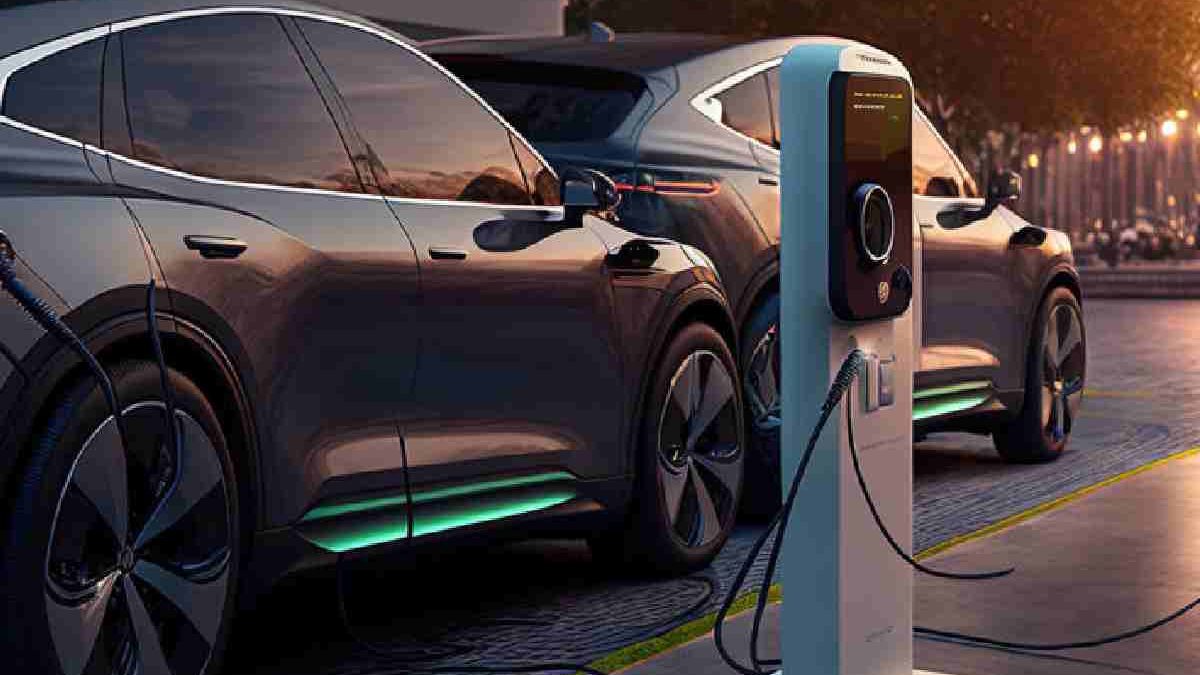Record EV Chargers Are Being Installed – Is Fuel on the Way Out?
The installation of electric vehicle (EV) chargers is hitting record numbers – a trend that poses the question: could this be the twilight of traditional fuel? Stemming from concerns over the harmful effects of diesel emissions on the environment, this shift to sustainable transportation isn’t just a boon for environmental advocates but speaks volumes to health experts, policymakers, and anyone with a stake in our planet’s future.
Table of Contents
The Surge of EV Chargers
Recent reports highlight an unprecedented growth in public EV charger installations across the UK in 2022. Public chargers reached over 37,000 by December, with an increase of 8,700 in a year. This growth of 30% falls slightly behind the 38% increase in battery electric car sales up to November. To align with Boris Johnson’s government target of 300,000 publicly accessible chargers by 2030 (when new petrol or diesel car sales will cease), a consistent 30% annual growth rate in charger installations could meet this goal. However, installations would need to increase yearly to reach 19,000 by 2025 and further accelerate beyond that.
Chris Pateman-Jones, CEO of Connected Kerb, aims to set up 190,000 on-street chargers by 2030. He anticipates a significant rise in charger numbers in 2023 but emphasises that more work is essential for the UK to be ready for electric vehicles by 2030. During the busy holiday season, some electric car owners faced charging queues between Christmas and New Year. Melanie Shufflebotham, co-founder of Zapmap, noted a positive trend in installing rapid and ultra-rapid chargers, with nearly 1,000 new additions in 2022.
These chargers can provide over 25 and 100 kW, allowing up to 200 miles of charge in just half an hour. Companies like Tesla, Instavolt, Shell, and BP are heavily investing in the ultra-rapid charging market. While on-street chargers are expanding rapidly but unevenly, with around 7,000 new slow or fast chargers introduced in 2022, they remain essential for households without private parking spaces.
This push towards a more robust charging infrastructure is a clear indicator of the acceleration towards electric mobility and a direct response to the growing market demand for electric vehicles. Such development is critical. The availability of charging options is one of the keystone factors in consumer confidence regarding switching from gas-powered cars to electric cars.
Dieselgate: The Catalyst of Change
The scandal known as Dieselgate served as a pivotal moment in automotive history. Major car manufacturers were implicated in using defeat devices to cheat emission tests, casting a shadow of distrust over the entire diesel industry. The subsequent diesel claims and class action lawsuits brought the conversation about vehicular emissions to the forefront, sparking a public outcry for transparency and accountability.
Dieselgate was a wake-up call that triggered a flurry of diesel emission claims. Consumers felt deceived and demanded justice not only for their own pockets but also for the environment. This scandal laid bare the urgent need for cleaner transportation solutions and amplified calls for stricter emission standards. It has also led to increased scrutiny of vehicle manufacturers and their environmental claims, pushing the industry toward greater innovation in electric vehicle technology. More information about the claims can be found at https://www.emissions.co.uk.
The Implications for Traditional Fuel
The boom in EV charger installations is a testament to a shift in public attitudes towards fossil fuels. Environmental and health advocates have long warned about the dangers of air pollution, and with EVs presenting a cleaner alternative, the public is listening. But is it enough to dethrone petroleum as the king of transportation fuels?
While the installation of EV chargers is accelerating, it does not yet spell the end for traditional fuels. The world’s transport system is immensely complex and interdependent on petroleum products. Significant challenges remain, including the need for heavy-duty and long-distance transport solutions where electric alternatives haven’t fully taken hold.
The transition from fuel to electric also hinges on economic factors and policy decisions. Subsidies for fossil fuels continue in many parts of the world, and the oil industry remains a powerful economic player. Policymakers face the delicate balance of fostering the growth of the EV market while managing the decline of the oil sector in a way that doesn’t hurt economies or result in job losses.
Impact on the Environment and Health
One cannot overstate the environmental and health benefits of transitioning to EVs. The dwindling reliance on internal combustion engines reduces air pollutants drastically. We’ve grown accustomed to the smog-filled skies, especially prevalent in metropolitan areas, directly contributing to respiratory and cardiovascular diseases.
But the extensive rollout of EV infrastructure signals a hopeful turn. If this trend continues, our cities could see a dramatic decrease in pollution, leading to cleaner air and a significant drop in pollution-related health issues. Policymakers will likely note these benefits as they frame future urban planning and energy policies.

